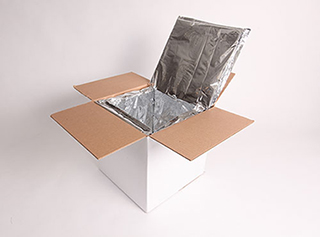If you run a business that transports perishable products, you are well aware of the complexities involved in shipping temperature-sensitive items.
When shipping food, pharmaceuticals and plants, there are many factors to consider in maintaining the cold chain for last-mile shipping, making it imperative that you operate an efficient, thoroughly planned packaging and shipping process.
Important factors include:
- Transit time
- Temperature to be maintained
- Ambient temperatures
- Size and weight of package
- Transportation budget of package
- Packaging and refrigerant pack budget
We will go on to outline the key considerations that must be made, and provide guidance on how to ship perishables safely.











